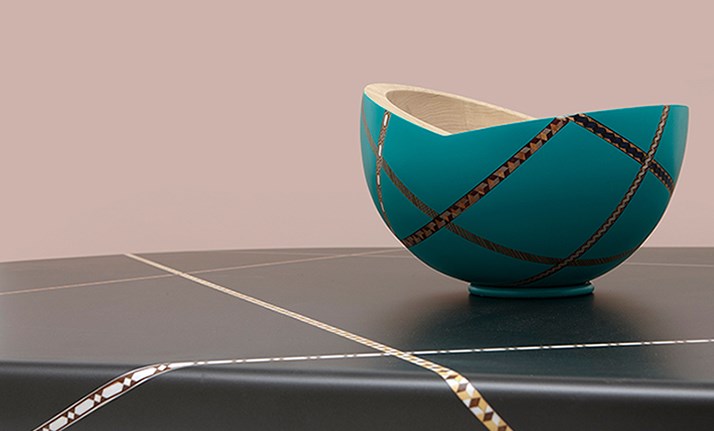Rooted in heritage, the Nada Debs brand has remained loyal to its philosophy of imbuing exquisite design pieces with intricate patterns and inlays that celebrate traditional craftsmanship. To mark the studio’s 20th anniversary, Debs is showcasing several collectible pieces from her eponymous brand at Dubai Design Week in November. We caught up with her ahead of the event to hear how the brand has stood the test of time and what’s on the horizon.
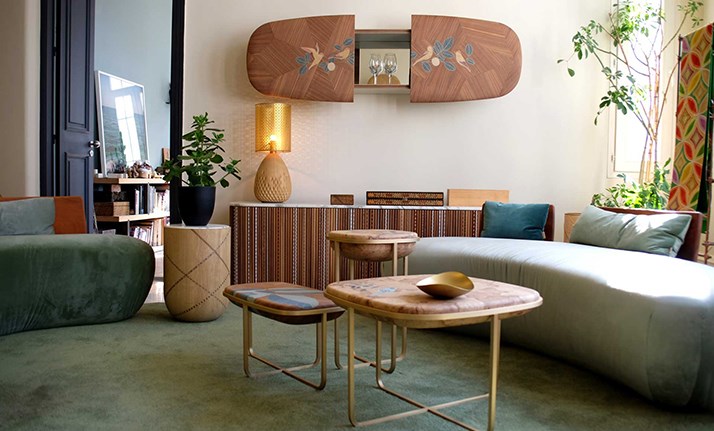 How challenging have the past two years been for you as a Beirut-based designer?
How challenging have the past two years been for you as a Beirut-based designer?
We’ve had to adapt a great deal to various challenges, but this is not a new phenomenon. Over the past 20 years, I have evolved as a designer: working from home to opening a boutique in Saifi Village and then moving to Gemmayze, with political instability, the revolution, Beirut Port explosion and so many other major events impacting our history as a brand. My whole design career has been a constant challenge, but each one has resulted in evolution. At the end of the day, as designers, we are supposed to resolve problems through our work. Today, especially in light of electricity cuts, internet issues and a multitude of resource shortages in Lebanon, we are focusing on the most important projects, always with a plan B in mind. It’s been a tough journey, albeit a positive one.
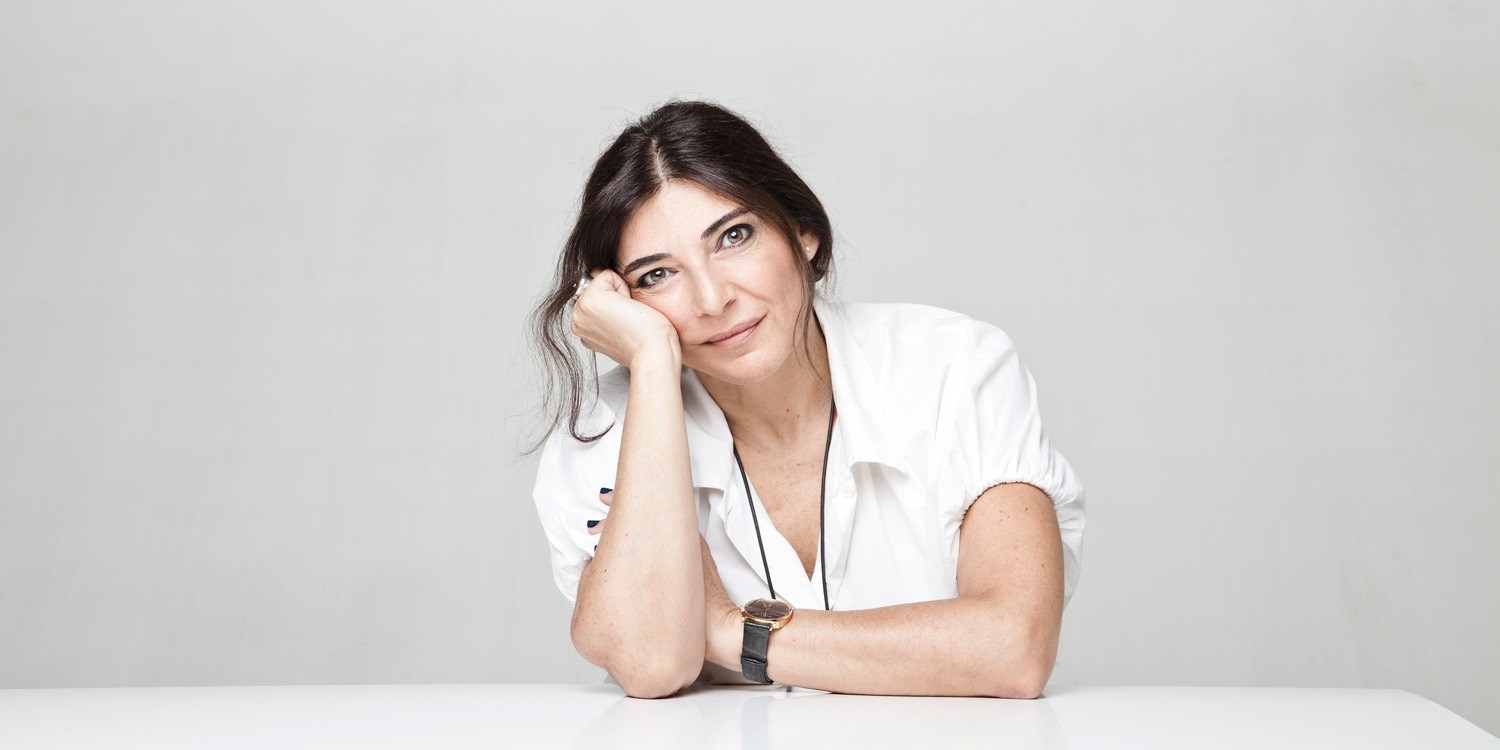 Cane work is now part of the Nada Debs range. What made you decide to use it?
Cane work is now part of the Nada Debs range. What made you decide to use it?
Organic and authentic materials are definitely design trends we are seeing more of. Cane is a medium that exists on the natural end of the spectrum, and it resonates with people, especially those of us in the Middle East. For designers like myself, it’s always interesting and exciting to work with high-end craft like straw weaving and experimenting with it. That’s why I am drawn to applying cane work in some of the furniture I produce.
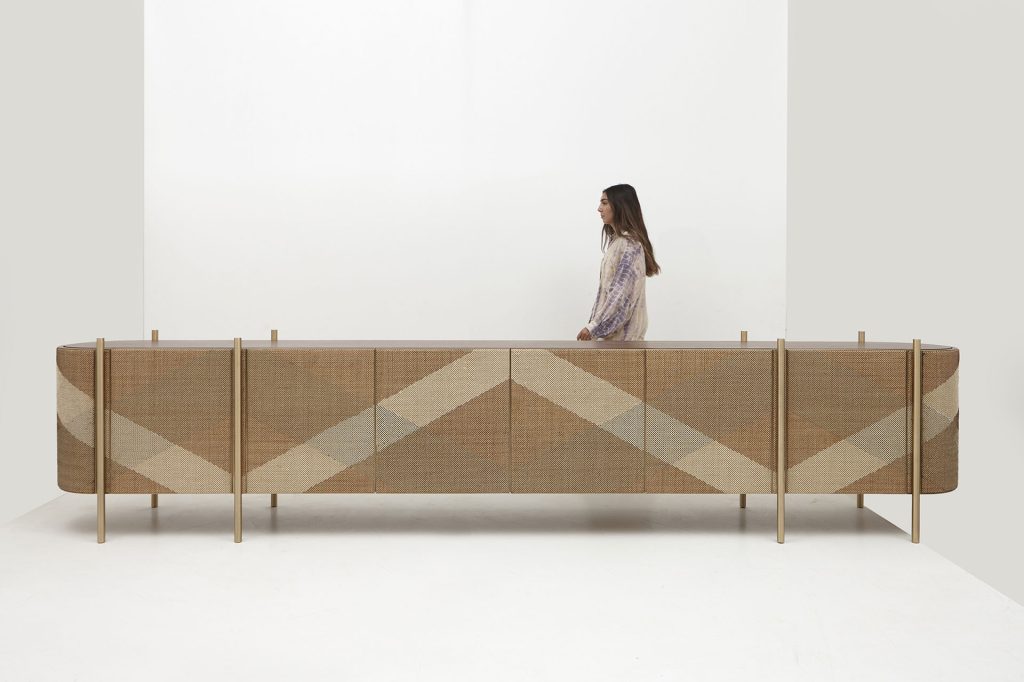 You released an exciting range for IKEA in the Middle East several years ago. What would be your dream collaboration?
You released an exciting range for IKEA in the Middle East several years ago. What would be your dream collaboration?
I follow many brands, especially those that focus on craft. With this in mind, I would love to collaborate with Hermès, because it has strong values and a beautiful heritage. Partnering with a hotel brand would also be amazing. I intend to continue my journey by working with other craft-inspired brands wherever they are: Japan, India, Pakistan or South America.
What can you tell us about your most recent projects, namely Villa Chamoun in Hasroun?
Villa Chamoun was a very charming project for me and my team. The brief was clear, which made things much easier. Being a typical 1960s villa, we were approached to design trolleys and tray tables that characterized the lifestyle of that era. Interestingly, trolleys are coming back in a very big way, so we recreated our signature marquetry patterns by using vibrant plastic laminate instead of wood. The bright colors really bring out the sixties vibe.
The other big project we recently completed was the refurbishment of the Arab League Hall in Cairo, Egypt. To us, it was very prestigious and deeply symbolic. The hall has great meaning for the Arab World, and it was an honor to be commissioned to design the space.
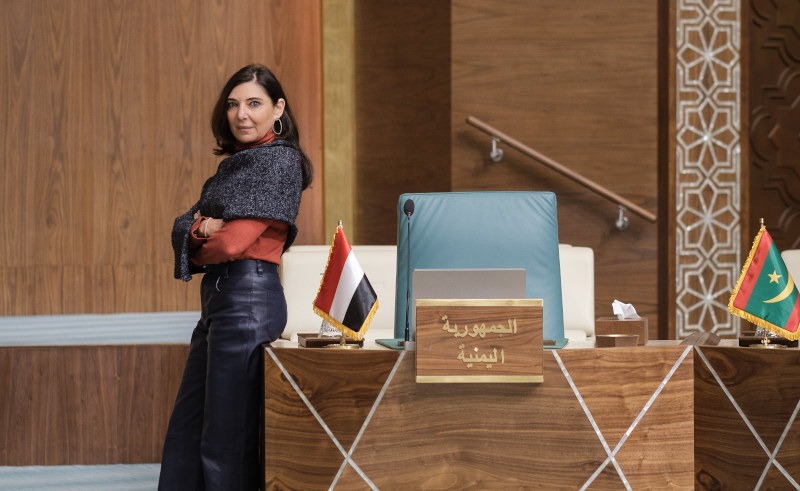 What can we expect from Nada Debs in the future?
What can we expect from Nada Debs in the future?
Expanding our production capacity is a priority. My vision for the future is to develop into a lifestyle brand with a holistic approach to craft and interior design. Setting up a base in Dubai is part of our growth strategy, as this region is a leading design hub and gateway from the Middle East to the world, linking Asia to both the East and West. It definitely appeals to my global background.
What will not be forgotten is Lebanon, how it all began and our mission to push the design boundaries. The Lebanese are very good at going beyond the limits and finding innovative ways to carry on. Whether I produce here or elsewhere, a mindset driven by creativity and entrepreneurship — one that has nurtured in this country — will never be abandoned.
Loading

